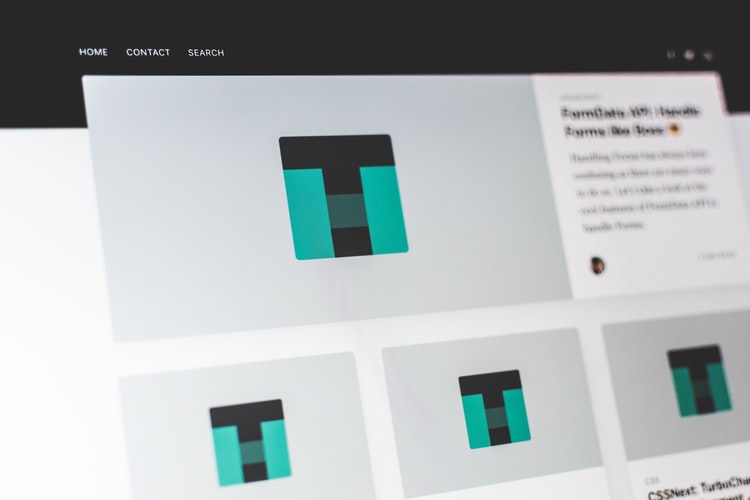Guide
3 Reasons Why Your Website Needs a Weather Widget Right Now

Are you looking for effective ways to maximize organic website traffic? Do you always struggle to update your website’s content and keep it fresh? Wouldn’t it be great if you could lure visitors to return to your website and spend more time engaging with your content?
Is your answer to any of the above questions an emphatic “yes”? Then chances are you’ve already outlined a search engine optimization (SEO) strategy for your website. You’re also regularly publishing relevant and valuable content to improve your website’s search engine ranking.
You might also have defined a guest posting strategy to attract high-quality backlinks to your website.
Amidst the rigmarole, you’re ignoring a simple yet powerful way of bolstering your website’s SEO strategy. All you have to do is integrate a feature-packed and reliable weather widget, such as the weather widget by Tomorrow, into your website.
In this blog, we’ll highlight the key benefits of adding a weather widget to your website. Let’s take a look.
Improved User Experience
There’s a general notion that weather data is only relevant to specific types of websites, such as those related to the news and travel. But when judiciously showcased, it goes a long way to enhance the user experience of any website, irrespective of its target demographic.
Let’s say you’re building an event ticketing website. Your goal is to get people to visit your website, check out various events, and purchase tickets for a few of them. Now, if a user is interested in an outdoor event, such as a drive-in concert, they’ll want to check the weather forecast before booking their tickets.
If the necessary weather information is available on your website, the user won’t have to exit your website and visit any third-party platform. That, in turn, helps you provide increased value to your audience and deliver a seamless user experience.
Similarly, weather widgets come in handy for websites across various niches, including retail, manufacturing, sports, construction, disaster recovery, telecommunication, etc. It’s a great tool for delighting your audience and driving them to take the desired action.
Amplified Audience Engagement and Conversions
Getting instant access to current weather data and forecasts helps you retain website visitors for longer. The longer they stay on your website, the more likely they’re to go through different types of online content. It improves website engagement parameters, such as time-on-site and bounce rate.
You can even use strategically placed calls-to-action (CTAs) to compel them to check out other blog posts or product pages. Moreover, they’re more likely to return to your website whenever they need accurate and comprehensive information related to your niche.
Similarly, data from a weather widget can be instrumental in skyrocketing website conversion rates. Let’s say you’re creating an online store that sells clothing and footwear. Now, a customer who’s shopping for a vacation would want to check out the weather forecast at their holiday destination before purchasing anything.
Providing that information on your website helps you retain their attention and make them stay on your website. Combined with the improved user experience, it encourages them to purchase from your website.
Similarly, a weather widget can help drive conversions of various types of websites, such as travel booking platforms, online camping gear stores, event planning sites, etc.
Hassle-Free Content Freshness
It’s one of the most underrated benefits of integrating weather data into your website. If you’re familiar with search engine ranking signals, you already know that content freshness plays a key role in boosting your website’s ranking.
Most bloggers and website owners are always scrambling to update and repurpose old content to maintain freshness. An easier way of preventing your website content from becoming stale is to add a weather widget.
A weather widget provides continuous updates about the current and upcoming weather. It can provide a wide array of data, including temperature, precipitation, humidity, pollen index, etc., on your website. Also, it can update these parameters based on a user’s location.
That means a weather widget is always adding fresh content to your website. While it doesn’t eliminate the need to publish new blog posts and repurpose existing ones, it strengthens your efforts to maintain content freshness.
Ultimately, all the benefits of including a weather widget on your website add up to help it grab a top spot in relevant search engine results. That’s because search engine spiders consider various ranking signals, such as engagement rates, conversion rates, bounce rates, user experience, etc. while determining a website’s search engine ranking.
Irrespective of your target demographic, adding a weather widget to your website will help you attract organic traffic, as well as engage and retain visitors. Also, it’ll help you drive more conversions and skyrocket revenue.













![[Update] foobar2000 1.5 Beta 4](https://irnpost.com/wp-content/uploads/2019/07/364713441677378847-256x240.png)
![[Update] foobar2000 1.5 Beta 4](https://irnpost.com/wp-content/uploads/2019/07/364713441677378847-80x80.png)





